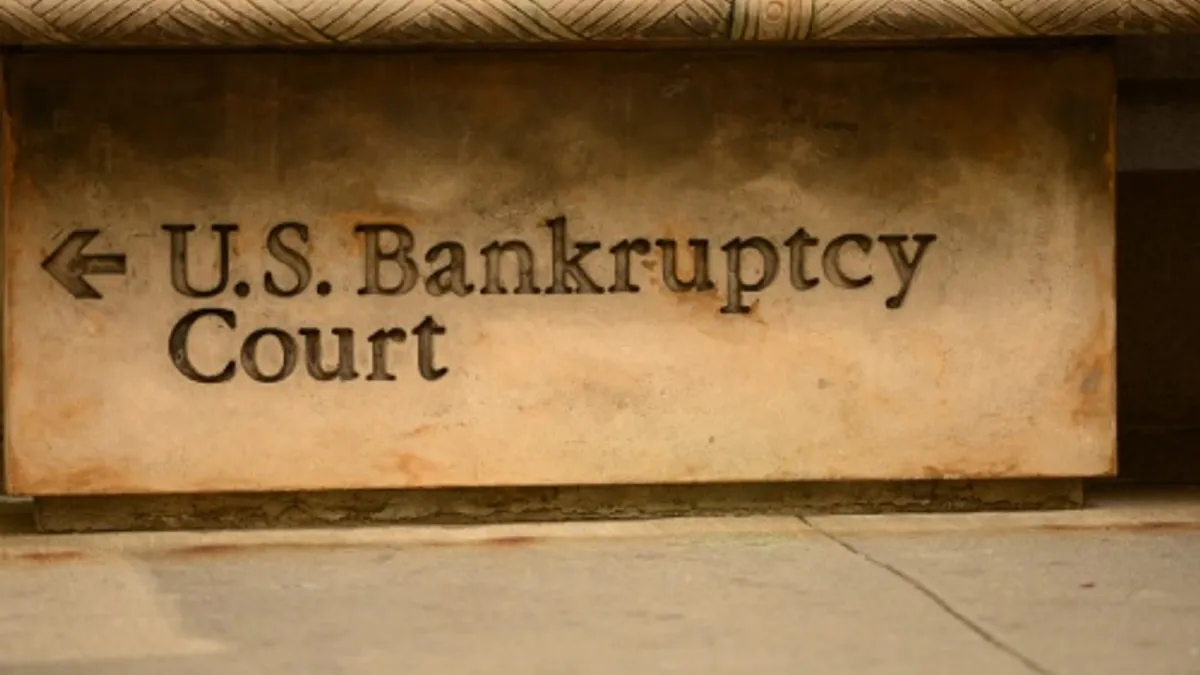Massive open online courses embarked on what was supposed to be their climb to world domination, or at least a complete transformation of higher education, in 2012.
It was the "Year of the MOOC," as declared by The New York Times, and the so-called Big Three of MOOC providers taught their first courses that year. For-profit providers Coursera and Udacity launched in January and February of that year, respectively. And EdX, the non-profit collaborative venture of Harvard University and the Massachusetts Institute of Technology, launched its first MOOCs later that fall.
Fast-forward two years, and the predictions about the disruptive effect MOOCs would have on traditional colleges and universities have, so far, been overblown. But with two years of experience under their belts, MOOC providers and users are adjusting both their perceptions about online learning and the courses themselves. Here are 10 lessons they’ve learned.
1. The investment provides repurposable content
While the initial investment to create an online course can be significant, that investment can pay off over the long term, according to the manager of MOOCs at the University of Leeds in England. The costs can add up. For example, there's the cost of recording a professional-looking, polished professor’s introduction to the course with a script, a teleprompter, green screen, multiple cameras, microphones, and retakes — in addition to adding animation and other effects. But once it’s in the can, the material can be repurposed in other contexts — in multiple video formats, audio podcasts, and written transcripts, for example — even after the course has run its course.
2. Experienced students are a great resource to utilize
Because of the large numbers of students that a MOOC can attract, most of the courses include highly qualified individuals in the enrollment roll call. Those students can help mentor, support, and even teach students on the lower end of the experience spectrum, according to the Leeds official. In some cases, these students have even assisted by providing peer grading.
3. Online courses can be condensed into shorter periods of time
When planning the length of a MOOC, cut the course time down to four weeks. Longer courses lead to more dropouts, as students tend to lose interest, according to research from the University of Wisconsin at Madison.
Keep in mind six lessons gleamed from 6.9 million views of EdX videos analyzed by MIT researchers, according to Forbes: Viewers tend to lose interest after six minutes; professors who project an informal air, seated at a desk instead of standing at a podium, are more successful; Lively visuals trump static slides; fast-talking professors, speaking 254 words per minute, are the most engaging; more pauses help viewers absorb the information in diagrams and other visuals; and existing videos reworked into shorter pieces for an online course are less effective than entirely new videos created expressly for online students.
4. Material from traditional courses can't simply be copied over
When creating a MOOC or other type of online course based on an existing, classroom-taught survey course, don’t try to copy it lecture for lecture. Break it into modules, or subtopics, taking a greatest-hits approach by selecting and focusing on a few important points.
5. Reaching lower-income students requires additional effort
If a MOOC requires a high-speed Internet connection, then the students in that course will tend to come from higher socioeconomic groups. To draw in more students from disadvantaged groups or rural areas, partner with public libraries where they can access high-speed connections.
6. The format may be especially viable for vocational learning
Companies may create their own MOOCs for potential employees to close the skills gap between their requirements and what traditional college education has provided, Times Higher Education reported. Udacity founder Sebastian Thrun also announced last year his intention to focus the MOOC provider on paid vocational learning.
7. The data gathered is invaluable in improving the approach
MOOCs provide big-data-sized digital trails that are valuable when incorporated in learning analytics to better understand how students are learning, according to the University of Melbourne's head of ed tech strategy. So use the data. Perfect the course, its visuals, and the teaching approach. Recognize learning behavior patterns and predict when students might need learning interventions, either through automatic triggers or in real time.
8. A sustainable payment model must come sooner or later
No college or university can continue to give away its product for free through MOOCs as a sustainable business. As Stanford University’s vice-provost for online learning told Times Higher Education, the school will probably move away from free online courses toward a low-cost, high-volume model sustained financially by grants, foundation funding, and other sources. And MOOC providers may start by having students in career development courses pay for the product.
9. Fees for ID verification raise pass rates
To combat the oft-cited high-dropout-rate issue with MOOCs and their low pass rates — typically around 5% — course providers can require that students pay a fee with ID-verified certifications, which raises the average pass rate to about 60%, according to Anant Agarwal, chief executive of EdX.
10. They're a great supplement for traditional courses
Ultimately, MOOCs may take over the world, but for now, their most important disruption may be helping to transform traditional higher ed classes. Merging the strengths of MOOCs with those of in-person classroom instruction — creating a “blended learning” approach — holds a lot of promise, Argawal says. One example: A San Jose State University course on circuits and electronics used a blended-learning approach to lower its failure rate to 4% from 40%.
Would you like to see more education news like this in your inbox on a daily basis? Subscribe to our Education Dive email newsletter! You may also want to read Education Dive's look at 7 ed tech startups making progress with investors.



















